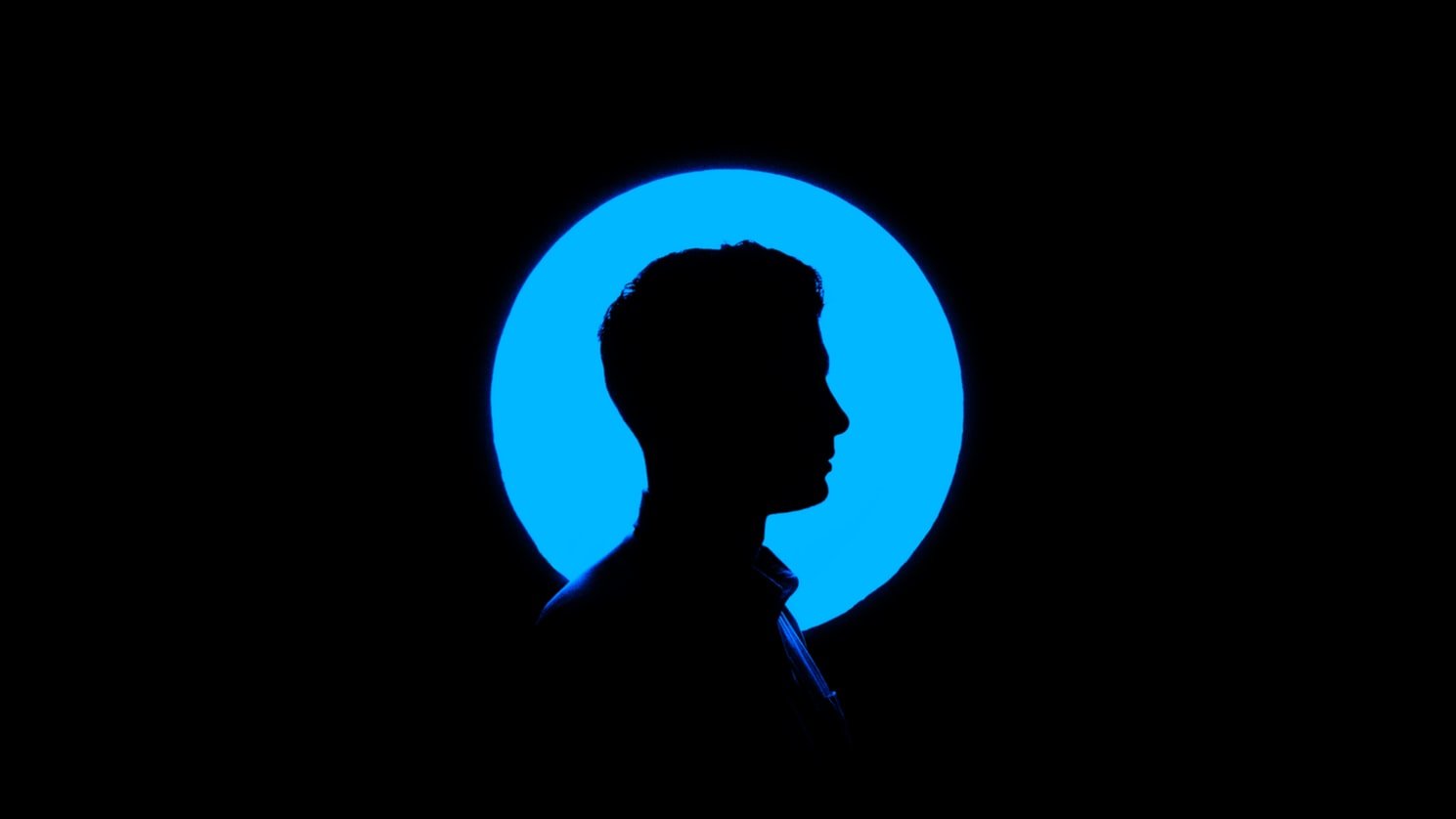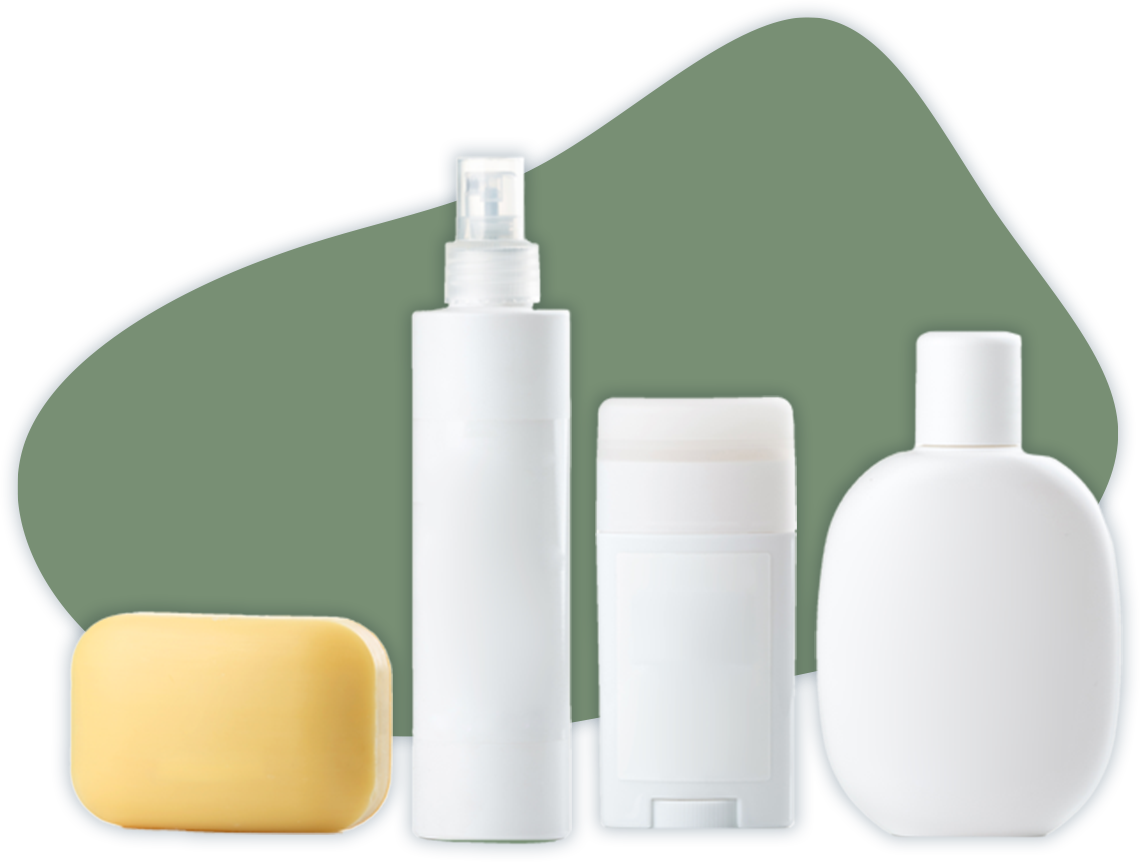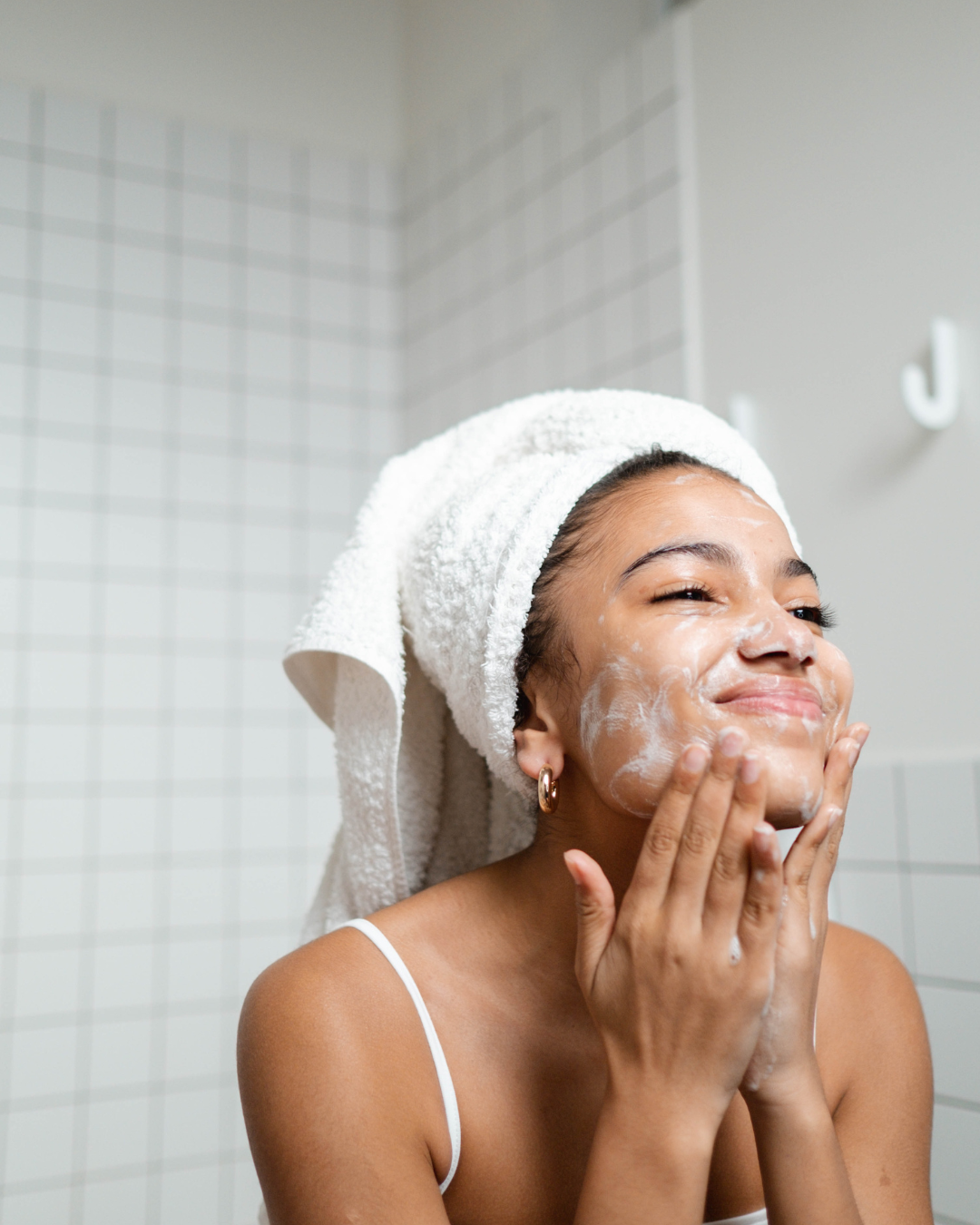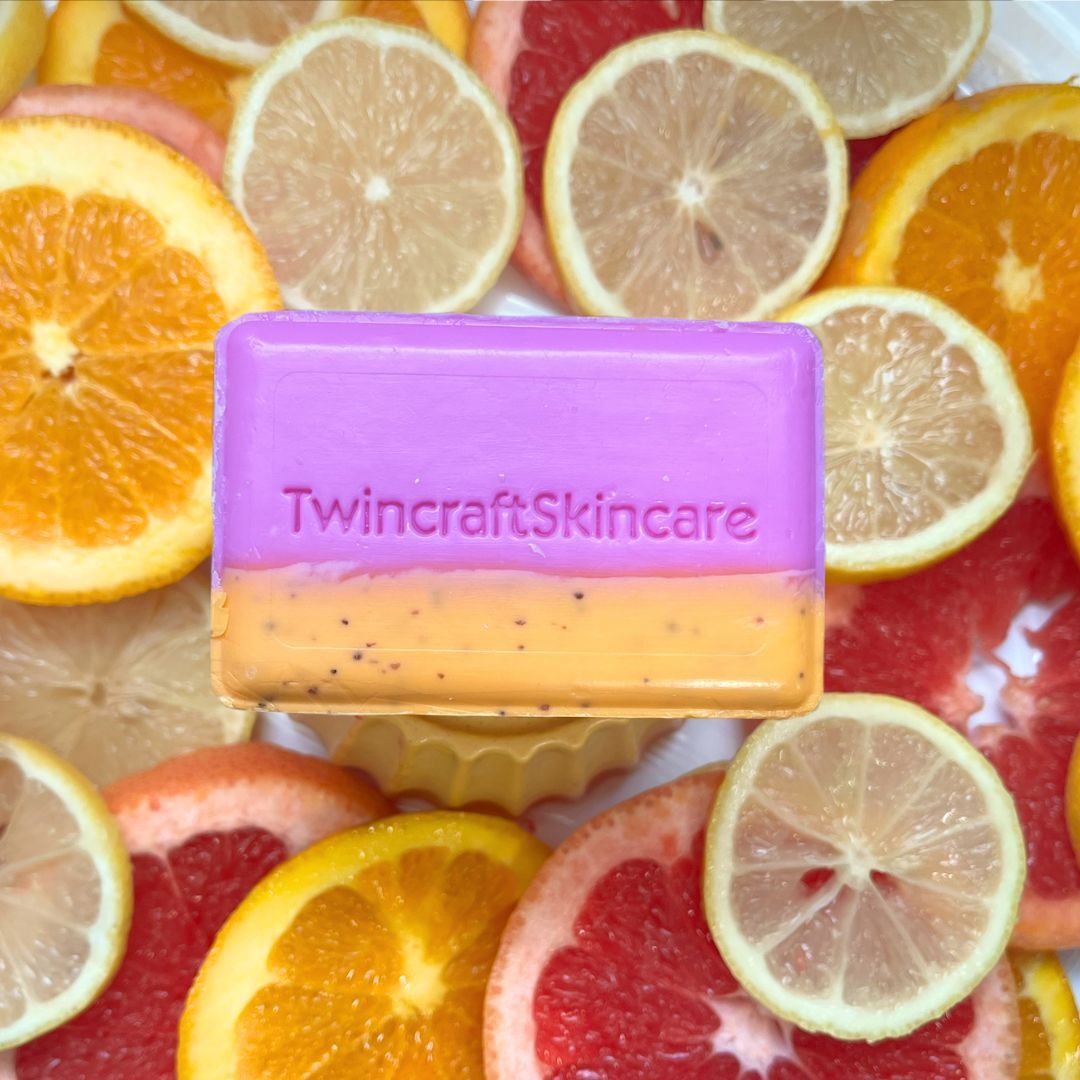Each year, CEW holds the State of the Beauty Industry Report. This blog is the second part of a recap series from Anna Keller, our Director of Trend & Marketing Strategy, and it outlines the future of the beauty & personal care industry through 2030.
In this Article
The first portion of Mintel’s Global Beauty and Personal Care Trends 2030 presentation focused on consumers’ relationships with nature, science, and the growing need for innovation that will help promote a more sustainable industry. The second half of the deck spoke to how society now fluctuates between connecting and disconnecting with technology to find balance, happiness, and a healthy sense of wellbeing.
The world is more connected than it’s ever been before because of all available technology and resources. This connectivity makes the world seem smaller, and meaningful connections are more attainable, but Mintel predicts that consumers will turn off their tech and instead work to find real-world connections.
At the same time, consumers are questioning where they belong and identify their tribes, and beauty and personal care brands have the opportunity to be important facilitators in this quest.
Planning for 2020 – 2025
Break the Loneliness Cycle
 Social media changed the way that people interact with each other, both on- and off-screen, and this change has not always been positive.
Social media changed the way that people interact with each other, both on- and off-screen, and this change has not always been positive.
By relying on connecting in the digital world, through dating apps, internet forums, DMs, Facebook groups, or other methods, many people have lost the ability to relate to one another on a human level. This change has ushered in the loneliness epidemic.
The looming sense of FOMO (Fear of Missing Out) and the constant barrage of uttainable and wildly aspirational imagery on Instagram and Pinterest have been proven to lead to anxiety and depression, especially in the constantly connected Gen Z demographic.
This harms interpersonal relationships, but also encourages users to question the authenticity of anything that they see online. Brands have the opportunity to break this cycle by focusing on transparent, truly authentic content that resonates with this group.
Leverage Big Data to Drive New Product Development
 In our increasingly digital world, there is now more data available to brands than ever before. From utilizing digital search trends to harnessing the power of artificial intelligence, brands can tap into the entire purchasing journey of the consumer to understand their needs and intent every step of the way.
In our increasingly digital world, there is now more data available to brands than ever before. From utilizing digital search trends to harnessing the power of artificial intelligence, brands can tap into the entire purchasing journey of the consumer to understand their needs and intent every step of the way.
By letting data guide much of the product development process, brands have the opportunity to streamline their efforts and reduce costs, while being more proactive and less wasteful.
Brands such as Scentbird, a fragrance subscription company, are already utilizing data from ecommerce to help guide their own product development. By analyzing its top selling fragrances, they were able to develop unique unisex fragrances that they know will resonate with shoppers.
There is a fine line between utilizing big data and coming off as Big Brother, though, and Mintel expects successful partnerships to emerge that harness the ethical use of data. The goal for brands will be to avoid backlash around taking advantage of access to deep personal data and instead, create strategies that use this information as a respectful marketing tool.
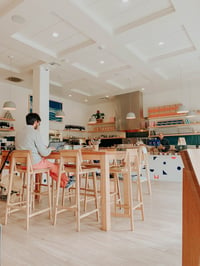
Create Community, Escape, or a Sense of Belonging
Constant digital connection has made it difficult to draw a line between the work space and home space, and due to this shift, a “third place” emerged in modern life.
IKEA surveyed 22,000 people in 22 different countries and found that 29% of people feel more at home in other places than the space where they live, and the number grows even higher for those living in urban environments.¹
This third space is a place for people to develop a sense of community outside of the home and is a place where they can find that connectivity that is disappearing in the modern world. A coffee shop, boutique fitness studio, or community garden are all examples of destinations that can serve this growing need. They encourage like-minded consumers to gather together and engage in shared activities.
Define Your Customer’s Future & Help Them Get There
The end of the 2010s saw an explosion in lifestyle brands, and many companies started to expand their product offerings to help support this new way of doing business. Lifestyle brands inspire fierce loyalty with their customer base, and they provide their customers with a deep understanding of what they are looking to achieve and grasp what makes them tick from an inspirational standpoint.
For example, in 2019 Lululemon expanded their wellness-oriented offerings to include personal care products. They understand what their core customer wants, and adding a new vertical to their already powerful product offering allows them to satisfy yet another consumer need, solidifying the relationship.
Planning for 2025 – 2030
The Future of Identity
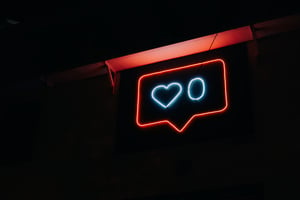 Mintel reports that our increased digital connectivity has given rise to more than just the loneliness epidemic: the iPhone-enabled selfie revolution has ushered in an epidemic of narcissism and self-obsession. Instagram filters allow any user to achieve a Kardashian-level lip look, and an influx of makeup products, spa services, and plastic surgery options enable consumers to achieve any aesthetic that they want.
Mintel reports that our increased digital connectivity has given rise to more than just the loneliness epidemic: the iPhone-enabled selfie revolution has ushered in an epidemic of narcissism and self-obsession. Instagram filters allow any user to achieve a Kardashian-level lip look, and an influx of makeup products, spa services, and plastic surgery options enable consumers to achieve any aesthetic that they want.
This is seemingly juxtaposed to the inclusivity and body positivity movement, where selfie takers are encouraged to love the skin that they are in and debunk societal norms.
Ultimately, consumers do not want to be told what they should look like, but they are still heavily swayed by influencer culture and the beauty expectations portrayed by traditional media. Now, they access to more tools than ever before to change their appearance in any way that they’d like.
Connectivity through Remote Services
New technology such as the installation of 5G and new mixed-reality technologies help the world to become a much smaller place and reduce the barriers of geography.
For example, remote surgery is now possible thanks to developments in AI and robotics, allowing a surgeon to remotely operate on a patient in need, no matter their location.
A New Space Race

Space-related news is back in mainstream culture, and consumers are increasingly interested in space as a new frontier for travel and inspiration. New technologies from the space industry will find their way back to Earth-based industries, and beauty brands will be able to draw innovation and ideas from space conditions such as micro-gravity and space-grown ingredients.
While some aspects of this discussion may seem like a distant reality to many, the key takeaways are ideas that we can start implement today: understand online and offline connections and work to build authentic, real world communities.
Read part one in this recap series: Global Personal Care Trends for 2030: The Panorama of Humanity
Source: Mintel, Global Beauty & Personal Care Trends 2030. The State of Beauty, CEW, February 7, 2020, NYC | ¹ IKEA Life at Home Study

